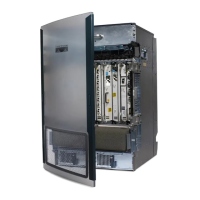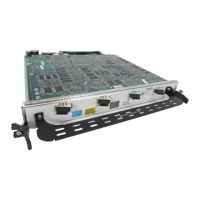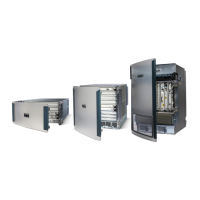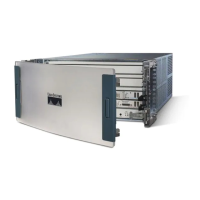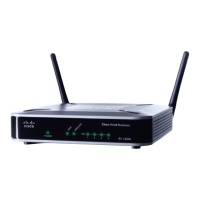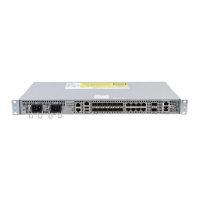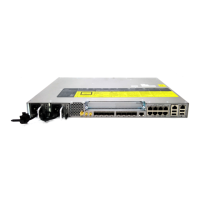
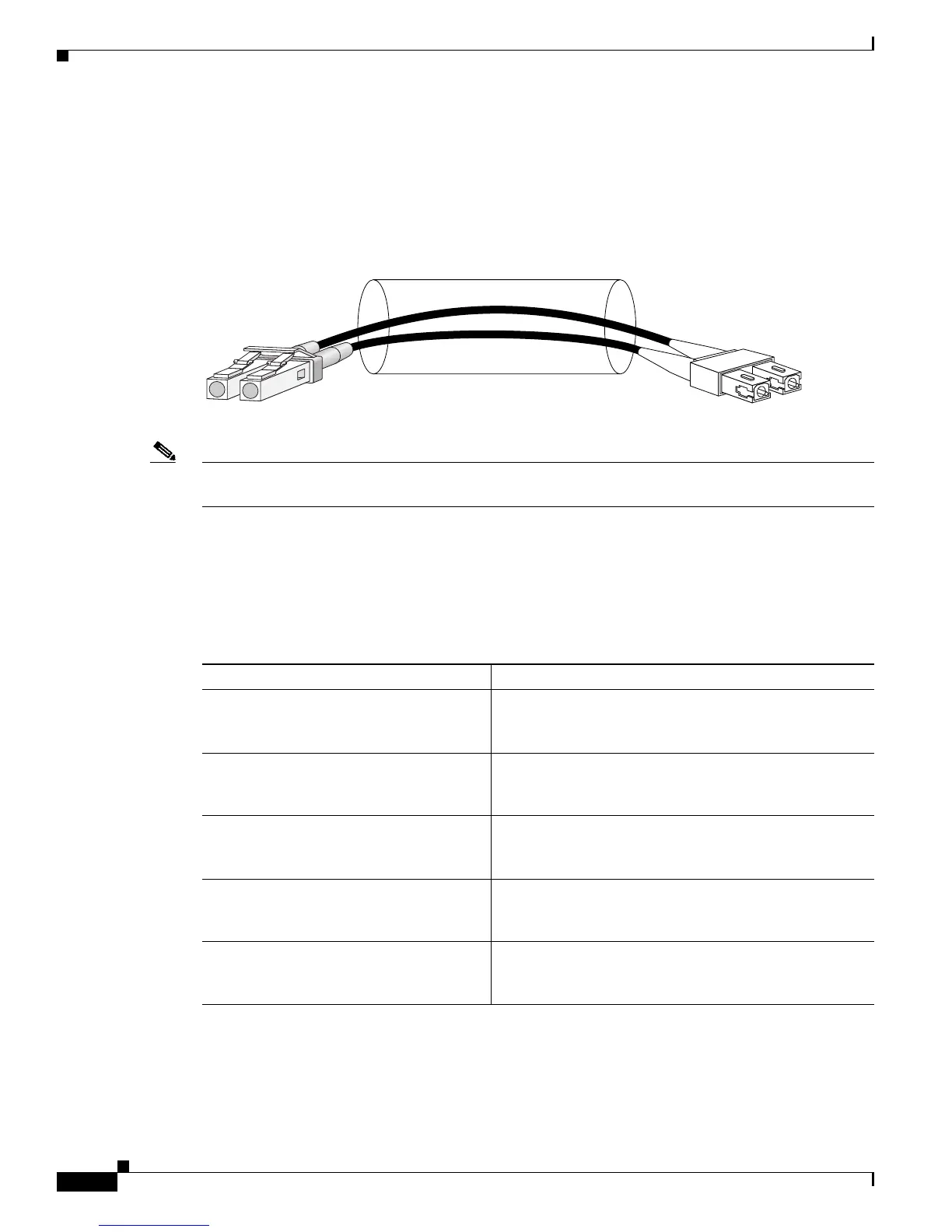
Do you have a question about the Cisco 12000 - Series Chassis Modular Expansion Base and is the answer not in the manual?
| Product Family | Cisco 12000 Series |
|---|---|
| Series | 12000 |
| Form Factor | Rack-mountable |
| Chassis Type | Modular Expansion Base |
| Slots | Varies by model (typically 4, 6, or 8 slots) |
| Supported Line Cards | OC-3, OC-12, OC-48, OC-192, Gigabit Ethernet |
| Power Supply Options | AC and DC power supplies available |
| Redundancy | Power supply redundancy, Route Processor redundancy |
| Cooling | Multiple redundant fans |
| Operating Temperature | 32°F to 104°F (0°C to 40°C) |
| Regulatory Compliance | UL |
| Relative Humidity | 5 to 95% (non-condensing) |
Details how to access Cisco's online support resources, including documentation and tools for resolving technical issues.
Details which SPAs are supported by which SIPs and the Cisco 12000 Series Router.
Guides users to refer to router-specific installation guides for hardware setup and requirements.
Lists compatible Cisco IOS software releases and minimum hardware revision numbers for supported SIPs.
Lists the necessary tools and parts for installing SIPs and SPAs, including ESD prevention equipment.
Provides general safety guidelines for working with electrical power and telephone wiring.
Covers safety precautions related to laser and LED emissions from optical ports and modules.
Instructs on how to safely handle SIPs, emphasizing ESD precautions and carrier edges.
Details the step-by-step procedures for removing and installing SIPs into the router.
Provides guidance on safely handling SPAs, stressing ESD precautions and avoiding contact with components.
Explains the step-by-step process for installing and removing SPAs within a SIP.
Details methods to verify SIP and SPA installation using console messages, LEDs, and show commands.
Explains how to use `show` commands to display configuration, traffic, and error information for SIPs.
Provides advanced troubleshooting steps for SIP failures, focusing on hardware-related issues.
